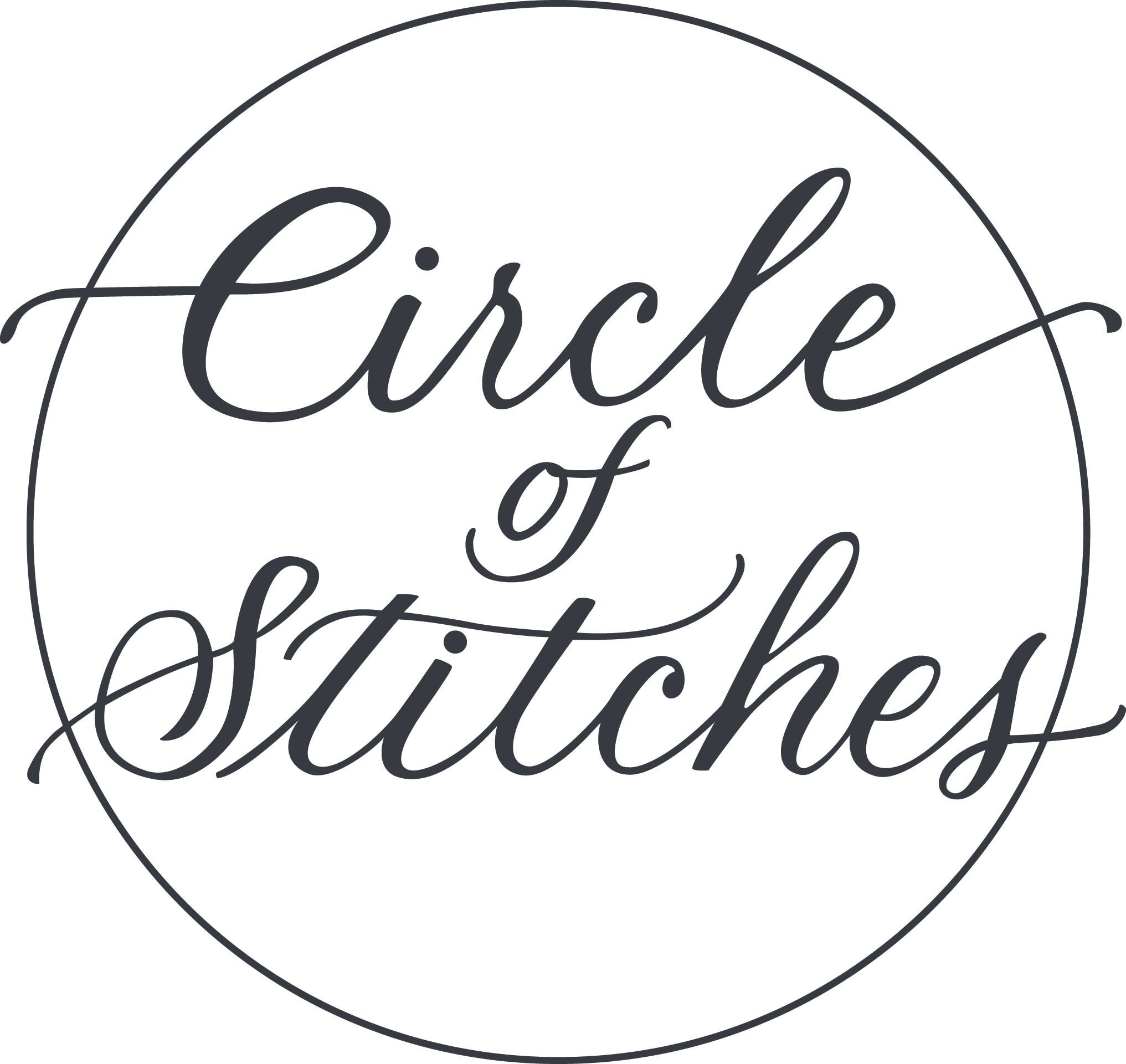This fall, we became a flagship store for Harrisville Designs, a family-owned spinning mill here in New England. We are so excited to continue supporting small companies, and when their new FlyWHEEL yarn arrived, I couldn't wait to try it out!
FlyWHEEL is a lofty, woolen-spun yarn made of 100% pure virgin wool. The stunning colors are dyed in the wool and blended during the spinning process, which gives them a beautiful heathered depth. I picked Thea Colman's Shaken or Stirred to showcase the yarn. Thea is also local to New England, so I was excited to knit a super-local project!
I've knit Thea's patterns before and I know that I am longer-waisted than she is. I have a long torso, which means I go into her patterns expecting to adjust the length of the waist shaping (the area between the bust and the hips) for my own body. I know this can sound intimidating and I wanted to take the opportunity to explain this a little, so that it may help you in your own knitting projects. I did not modify any circumferences (bust, waist) in this project, only lengths.
The shaping on this project is very subtle, since it's intended to be a cozy, oversized cardigan. Thea has it set up with 2 sets of decreases, the first at a certain length under the arm, and the second set after another 1" of knitting. After decreasing, there are 3" of straight knitting at the waist. The hip increases then mirror the 2 decreases, over 1".
What this means: The tapering for the waist happens over a length of 5 inches: The decreases are 1" apart from each other, then 3" for the waist, then 1" for the hip increases.
For my size, the pattern called for waist shaping to start 3" under the arm separation. My waist doesn't start sloping inwards until 4" under my arm, so this was an easy adjustment: I knit an extra inch before starting my shaping. Next, I needed 1.5" before getting to my waist instead of just 1". Instead of doing the second decrease 1" after the first, I knit even for 1.5" before decreasing again. I kept the 3" of straight knitting at the waist, then did my first increase. To match the decreases, I spaced my second increase at 1.5" instead of just 1".
In the end, I lowered the entire waist shaping by 1", and then added 1" of length to the entire shaping section. Just some simple math! I hope this helps you with your future projects. Questions? Let me know in the comments!
P.S. - The Harrisville FlyWHEEL worked up beautifully, I can't wait to knit with it again!


